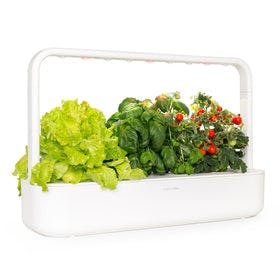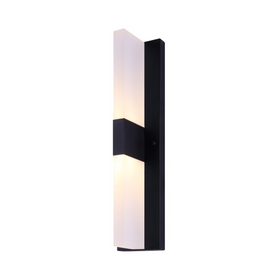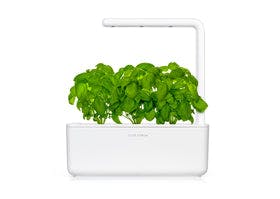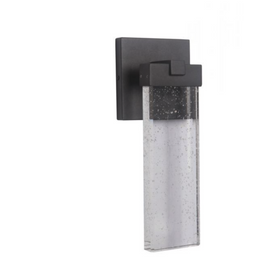Build a Small Greenhouse
In today’s reality, almost everyone has heard of “the greenhouse effect.” However, the same principle that has led to dangerous global warming can also be applied to extend the growing season. In most climates, a well-built greenhouse can allow home gardeners to grow hardy vegetable crops around the year, even without requiring any external heating.
Many homeowners might think of greenhouses as a massive investment that requires an enormous amount of land and an investment of tens of thousands of dollars. While serious gardeners might gladly spend that money for thousands of square feet of raised beds protected by an all-glass greenhouse, there are more inexpensive and practical options. This tiny home added a small greenhouse on the south-facing side of their home. Not only does the greenhouse provide the family fresh herbs and vegetables throughout the year, but it also reduces their already minimal heating needs by adding insulation and taking advantage of passive house heating design.
Even in cold climates, a greenhouse will raise temperatures enough so that gardeners can grow a wide range of cool-season vegetables, including:
- Kale
- Brussels Sprouts
- Carrots
- Swiss Chard
- Parsnips
- Collard Greens
- Rutabagas
- Red Cabbage
If you identify as a farmer, several government programs offer grants for high tunnel greenhouse systems. Check out the National Resources Conservations Services (NRCS) High Tunnel System Initiative to explore potential grants that might be available.
Mulch, Mulch, and Mulch Some More
One of the essential organic gardening principles is using mulches around the base and root zones of plants. Mulch, which is available from virtually any organic material, can reduce erosion, increase soil fertility, and create a healthy habitat for soil organisms to thrive. During the winter months, the abundant use of mulch can also protect your trees and other perennial plants and vegetables from winter's frigid temperatures.
Fortunately, nature provides a copious amount of mulch during the fall time in the form of fallen leaves. Instead of raking your leaves, bagging them up, and sending them to the landfill, where they will lead to enormous amounts of methane emissions as they decompose, consider using them as mulch around your trees and garden beds. Other familiar mulch sources include pine needles (great for plants that prefer acidic soil such as blueberries), straw bales, and homemade compost. You can also consider contacting your local utility company to see if they donate or sell truckloads of wood chips from the branches they prune around power lines. Wood chips make an excellent mulch that decomposes very slowly and encourages beneficial fungi growth, an essential part of healthy soil.













